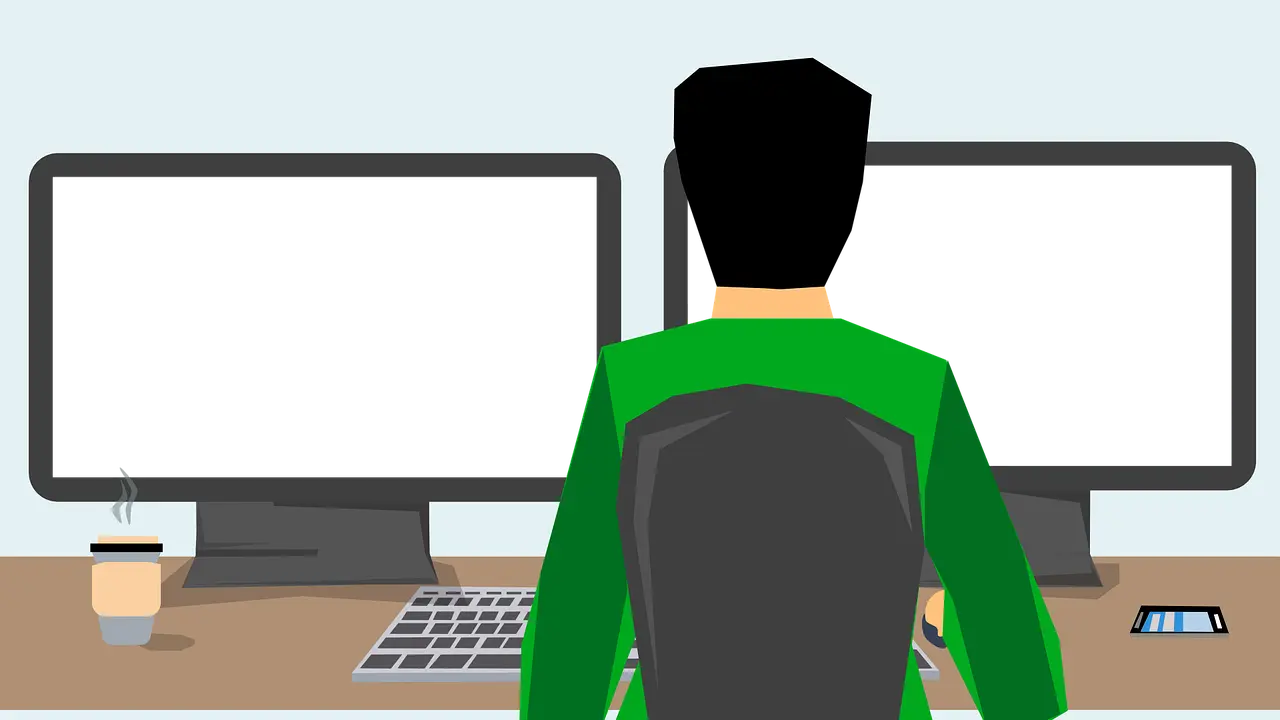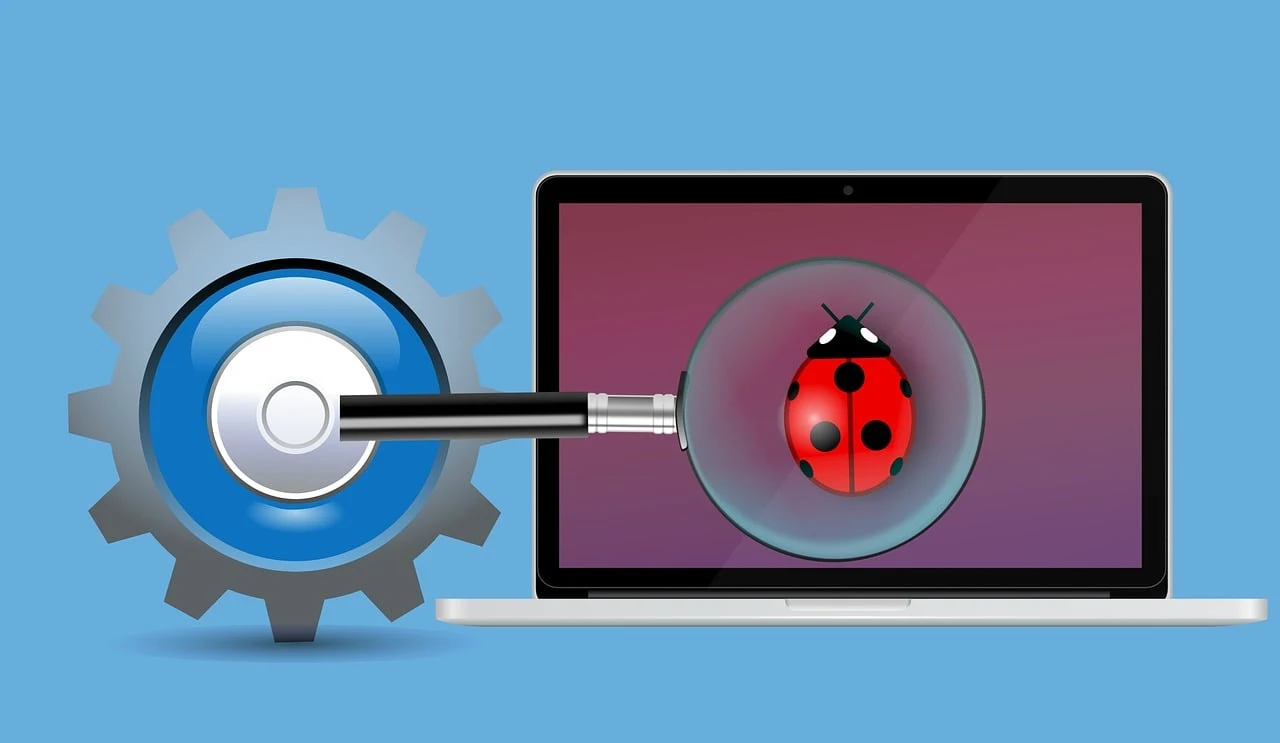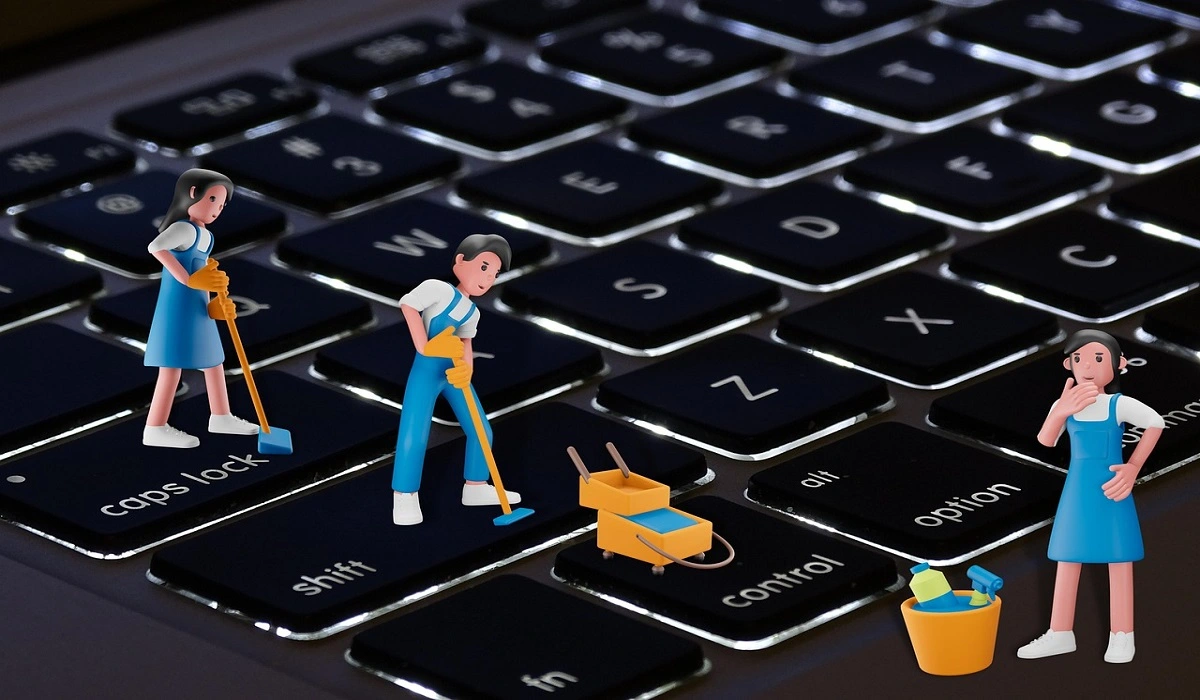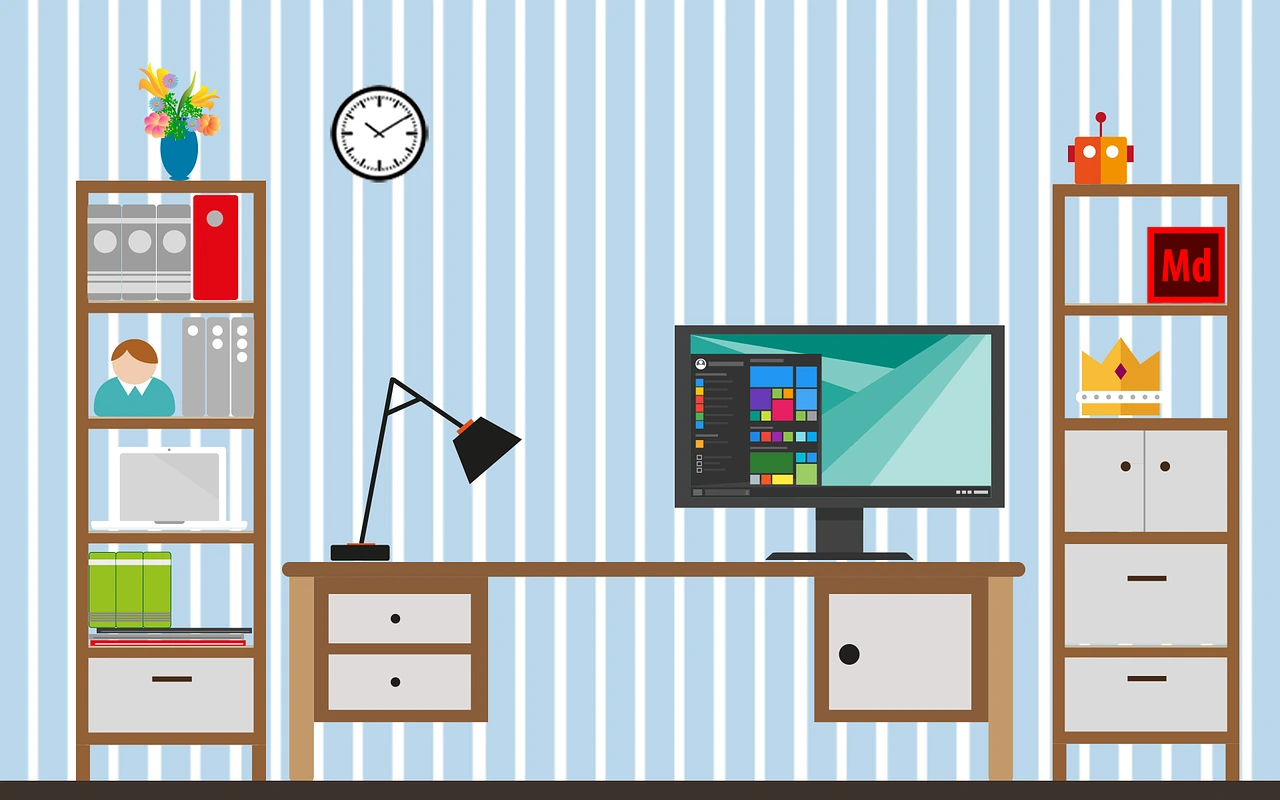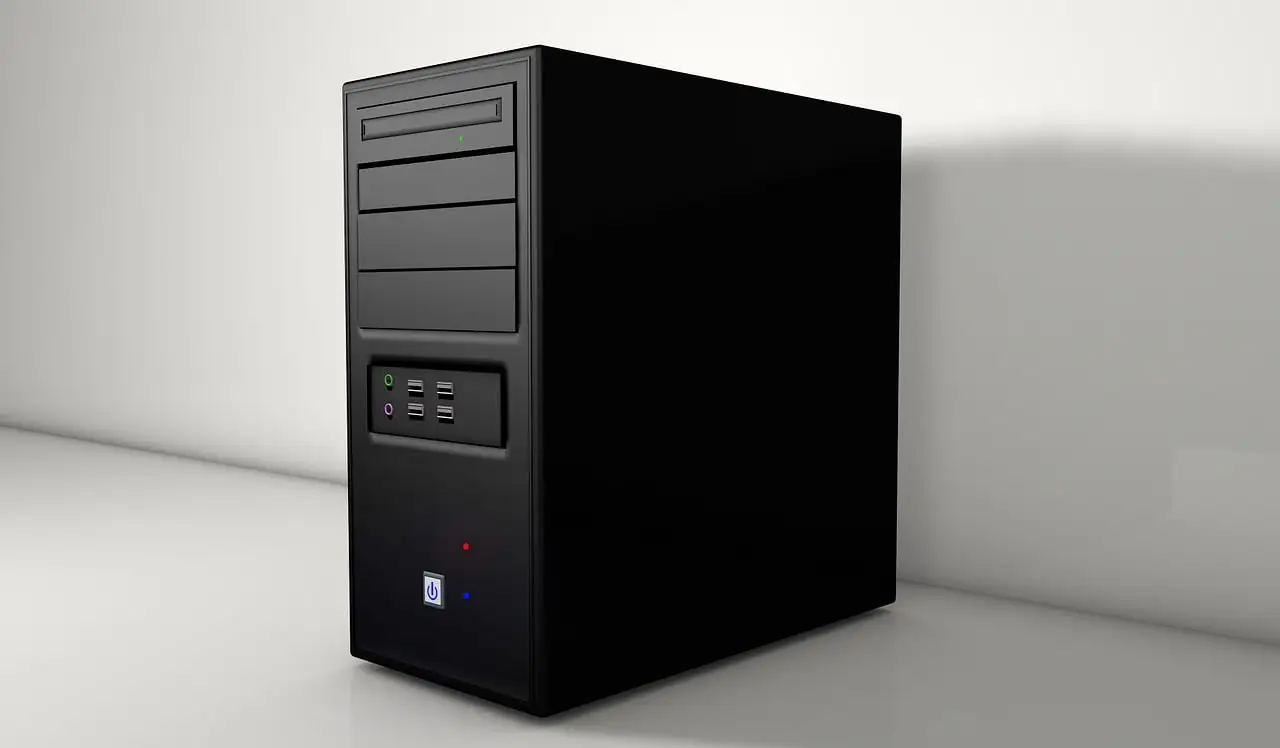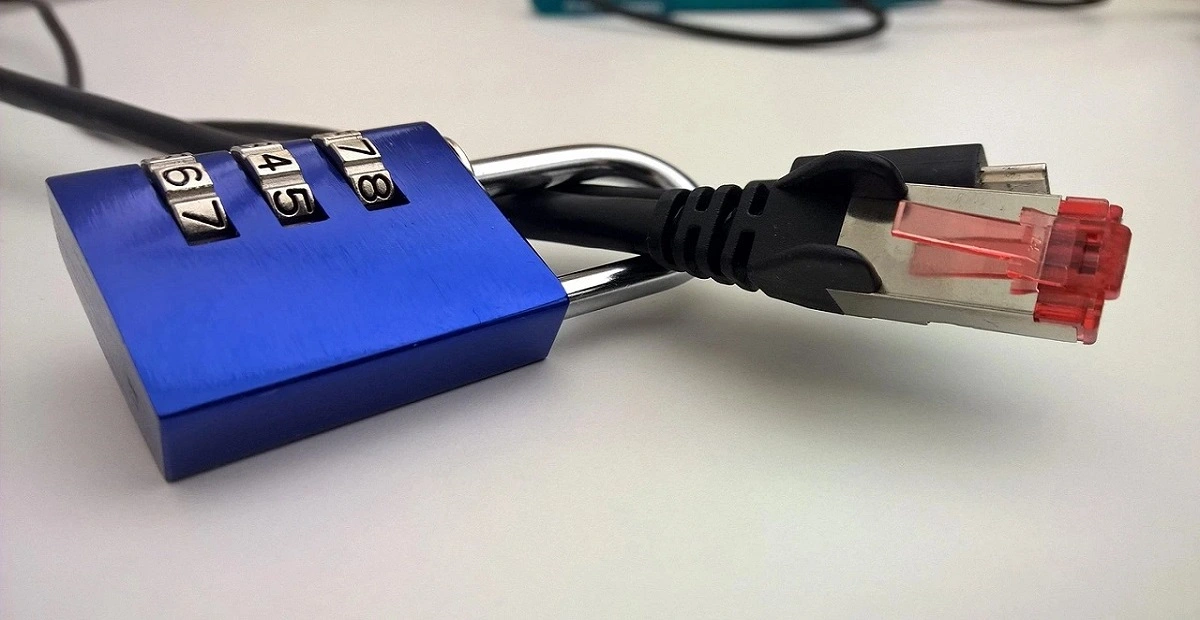How To Clean a Laptop Screen At Home In 2025
Laptop screens collect dust, fingerprints, and smudges quickly, affecting visibility and causing eye strain. Keeping the screen clean is essential for a clear view and comfortable use.
Many people use the wrong cleaning methods, risking scratches or damage. Harsh chemicals and rough cloths can harm the surface, leading to expensive repairs. Using the right approach prevents these issues.
The good news—it’s simple to clean your screen at home with basic tools. This guide covers safe cleaning techniques, helping you restore a spotless, like-new screen without damage.
Part 1: Why is it Essential to Clean Laptop Screen at Home?
Regular screen cleaning keeps your laptop working well. A clean screen helps you see better and work more efficiently. Here are the main reasons why you should know how to clean laptop screen:
- Better visibility – Dust and smudges block your view and make text hard to read
- Eye strain reduction – Clean screens reduce the effort your eyes need to focus
- Professional appearance – A clean laptop looks better in meetings and work settings
- Prevents permanent damage – Regular cleaning stops dirt from building up and causing scratches
- Saves money – Proper cleaning extends screen life and prevents costly repairs
- Improves hygiene – Removes bacteria and germs that collect on the screen surface
- Better touch response – For touchscreens, cleaning ensures smooth finger movement
- Maintains warranty – Some warranties require proper maintenance and care
Part 2: How to Clean Laptop Screen
Method 1: Microfiber Cloth (Dry Cleaning)
Using a microfiber cloth is the safest way to clean your laptop screen. These soft cloths prevent scratches and effectively remove dust and light smudges without needing liquid. The tiny fibers trap dirt instead of spreading it around.
This approach is ideal for regular upkeep, particularly on new or lightly soiled laptop screens. Using a fresh microfiber cloth ensures the best results. It’s a great choice for those who want to avoid moisture during cleaning.
Microfiber cloths are made of ultra-fine synthetic fibers, much smaller than human hair. They generate static electricity, which attracts dust and pulls it away from the screen. This makes them highly effective for electronic devices.
A clean microfiber cloth won’t harm your screen, and it’s the quickest method. You can refresh your entire screen in less than a minute.
Steps:
- Turn off your laptop and unplug it. Let the screen cool down completely. Use a clean microfiber cloth. Wipe gently in circular motions.

- Start from the center and work outward. Don’t press too hard on the screen
Method 2: Distilled Water Solution
Water cleaning works for most dirt and fingerprints. Distilled water is pure and won’t leave mineral spots. This method is safe for all laptop screens.
Never use tap water as it contains minerals. These minerals can leave white spots on your screen. Always use distilled water from the store. The distillation process removes all impurities and chemicals.
Distilled water is cheap and easy to find. Most grocery stores sell it in the beverage section. You can also find it at pharmacies and hardware stores. One bottle will last for months of screen cleaning.
This method effectively removes moderate dirt and grime. It offers more cleaning power than dry wiping while remaining milder than chemical solutions. Water cleaning is also environmentally friendly and suitable for those with sensitive skin or allergies.
Steps:
- Power off your laptop completely. Dampen a microfiber cloth with distilled water. Wring out excess water – the cloth should be barely damp.

- Wipe the screen gently in one direction. Use a dry microfiber cloth to remove any leftover moisture. Let it air dry fully before closing your laptop.
Method 3: Screen Cleaning Solution
Commercial screen cleaners are made for electronics. They clean better than water alone. Look for alcohol-free and ammonia-free cleaners. These products are specially designed for delicate electronic surfaces.
These solutions are safe for laptop screens. They remove oils and stubborn marks. Always read the label to make sure it’s safe for your screen type. Many brands make cleaners specifically for computers and tablets.
Screen cleaning solutions use surfactants to dissolve oils and dirt effectively. They evaporate fast, leaving no residue behind. Most are available in spray bottles for convenient use, with some packages including microfiber cloths.
The main advantage of commercial cleaners is their effectiveness. They can remove sticky residues and tough stains that water cannot. They also often include anti-static properties that help repel dust after cleaning.
Steps:
- Power down and disconnect your laptop. Lightly spray the cleaner onto a microfiber cloth—never directly onto the screen. Ensure the cloth is damp, not overly wet.

- Clean the screen with gentle circular motions. Use a dry cloth. Remove any remaining moisture. Wait for complete drying before using the laptop
Method 4: Isopropyl Alcohol Solution (70%)
This method kills germs and removes tough stains. Use only 70% isopropyl alcohol. Higher concentrations can damage screen coatings. The 70% solution is the perfect balance of cleaning power and safety.
This is good for deep cleaning once a month. It removes oils from fingers and food particles. Be very careful with the amount you use.
Isopropyl alcohol is a strong disinfectant, eliminating 99% of bacteria and viruses instantly. It’s perfect for shared laptops or use during flu season. The fast evaporation ensures no moisture remains on the surface.
However, this method requires more caution than others. Some laptop screens have special coatings that alcohol can damage. Always test on a small corner first. Never use this method more than once a month to avoid coating damage.
Steps:
- Combine equal parts of 70% isopropyl alcohol and distilled water. Power down your laptop and allow it to cool. Lightly dampen a microfiber cloth with the solution—use only a small amount.

- Wipe screen gently in straight lines. Immediately dry with another clean microfiber cloth. Allow screen to air dry completely
Method 5: Baby Wipes (Alcohol-Free)
Alcohol-free baby wipes are gentle and safe. They work well for quick cleaning. Make sure they don’t contain alcohol or harsh chemicals. Baby wipes are designed for the most sensitive skin, making them perfect for delicate screens.
This method is convenient when you don’t have other supplies. Baby wipes are pre-moistened and ready to use. They’re good for travel cleaning. You can keep a pack in your laptop bag for emergencies.
Baby wipes contain mild cleansers that are safe for electronics. They often include moisturizers that won’t harm screen coatings. The cloth material is soft and won’t scratch surfaces. Most baby wipes are also biodegradable.
The downside is that baby wipes may not clean as thoroughly as other methods. They work best for light cleaning and maintenance. For heavy dirt or sticky residues, you might need a stronger cleaning method afterward.
Steps:
- Check that wipes are alcohol-free and gentle. Power off your laptop. Gently wipe the screen with the baby wipe. Don’t press hard or scrub.

- Use a dry microfiber cloth to remove any residue. Let the screen dry before closing the laptop
Method 6: Coffee Filter Method
Coffee filters are lint-free and very soft. They won’t scratch your screen like paper towels. This method works well with distilled water. Coffee filters are made from fine paper that doesn’t leave fibers behind.
Coffee filters are cheap and easy to find. They don’t leave fibers on the screen. Use them when you don’t have microfiber cloths. Most people already have coffee filters at home, making this a convenient backup option.
The texture of coffee filters is perfect for screen cleaning. They’re absorbent enough to pick up moisture but gentle enough not to scratch. They don’t contain the harsh chemicals found in some paper products. Coffee filters also don’t break apart when wet.
This method is popular among photographers for cleaning camera lenses. The same properties that make them good for lenses work well for laptop screens. Coffee filters are also disposable, so you don’t have to worry about washing them like microfiber cloths.
Steps:
- Get a clean coffee filter. Slightly dampen it with distilled water. Turn off your laptop. Wipe the screen very gently.

- Use a dry coffee filter to remove moisture. Check for any remaining water spots
Author’s Tip
The best way to keep your laptop screen clean is prevention. Close your laptop when not in use. This keeps dust from settling on the screen. Wash your hands before using your laptop. Clean hands mean fewer fingerprints on the screen.
Never use paper towels, tissues, or rough cloths. These can scratch your screen permanently. Don’t use household cleaners like window cleaner or bleach. These chemicals can damage the screen coating. When you know how to clean laptop screen properly, you save money and keep your laptop working well. Clean your screen weekly for best results.
Conclusion
Knowing how to clean laptop screen safely protects your investment. Regular cleaning keeps your screen clear and bright. Use gentle methods and the right tools for the best results.
Remember to always turn off your laptop before cleaning. Use microfiber cloths and avoid harsh chemicals. With proper care, your laptop screen will last for years. Clean screens make work easier and more enjoyable.
FAQs
Q: How often should I clean my laptop screen?
Clean your laptop screen once a week for normal use. If you use it heavily or in dusty places, clean it more often. Daily light cleaning with a dry microfiber cloth helps prevent buildup. Office workers should clean weekly, while students might need to clean every few days. Gaming laptops used for long sessions may need cleaning twice a week. The key is to clean before dirt becomes hard to remove. Regular cleaning is easier than deep cleaning stubborn stains.
Q: Can I use regular water to clean my laptop screen?
No, don’t use tap water. Tap water has minerals that leave spots on your screen. Always use distilled water for cleaning. It’s pure and won’t leave residue on your laptop screen. Tap water contains calcium, magnesium, and other minerals. These minerals stay behind when water evaporates. They create white spots that are hard to remove. Well water is even worse because it has more minerals. Bottled water isn’t good either because it may contain minerals. Only distilled water is completely pure and safe for screens.
Q: What should I never use to clean my laptop screen?
Never use paper towels, tissues, or rough cloths. Don’t use household cleaners, alcohol wipes, or ammonia-based products. These can damage your screen permanently. Stick to safe methods when learning how to clean laptop screen. Window cleaners contain ammonia that eats away at screen coatings. Bleach and other strong chemicals can cause permanent discoloration. Paper towels may seem soft, but they can create tiny scratches. T-shirts and other clothing contain fabric softeners that leave residue. Even some eyeglass cleaners are too harsh for laptop screens. When in doubt, use only products made for electronics.
Popular Post
Recent Post
Disk Cleanup This PC: A Complete Guide
Learn how to run Disk Cleanup on this PC with our complete guide. Free up storage space, speed up your computer, and keep Windows running smoothly with easy steps.
How to Reset Windows 11: Complete Guide
Learn how to reset Windows 11 in clear steps. This complete guide explains precautions, methods, tips, and answers to common questions to help you reset your system safely.
How to Debloat Windows 11: Complete Guide [2026]
Learn how to debloat Windows 11 with simple steps. Remove extra apps, reduce background load, and speed up your PC using safe and clear methods for better performance.
Computer Cleaning Habits You Must Follow
Learn simple computer cleaning habits that keep your device fast and healthy. Follow steps for file cleanup, dust removal, updates, and security in one clear guide.
How to Clean a Browser on a Windows PC: Chrome, Mozilla, Opera, Edge.
Learn how to clean your browser on a Windows PC for Chrome, Mozilla Firefox, Opera, and Edge. Improve speed, remove old data, and keep your system running smoothly.
What Files Are Safe To Clean On A Windows Computer?
Learn which files are safe to clean on a Windows computer. Simple guide with clear sections, tips, bullets, and FAQs to help you free space and keep your PC running smoothly.
How to Clean a PC from Virus: Complete Guide
A clear and simple guide on how to clean your PC from a virus. Learn practical methods, safety tips, and easy steps to remove threats and protect your computer.
How To Clean a Windows Desktop: Complete Guide
Learn how to clean a Windows desktop with 9 simple methods. Remove clutter, boost PC speed, and organize files easily. Get your clean desktop today!
How To Clean A Computer Cabinet: Clean PC Case
Learn how to clean a computer cabinet safely with our step-by-step guide. Keep your PC running cool and fast with proper case cleaning techniques and pro tips.
How To Clean A Computer Cable At Home Without Damage
Learn how to clean computer cable connections safely. Step-by-step guide with tips for USB, HDMI, and power cables. Keep your equipment running smoothly.


